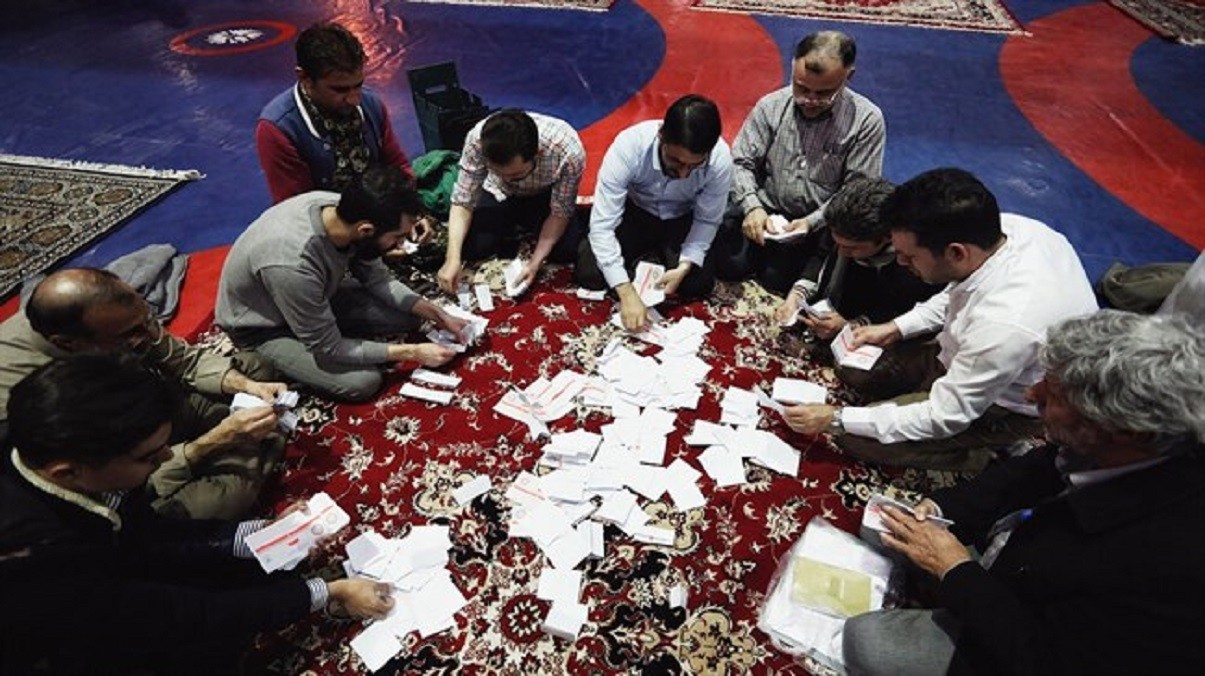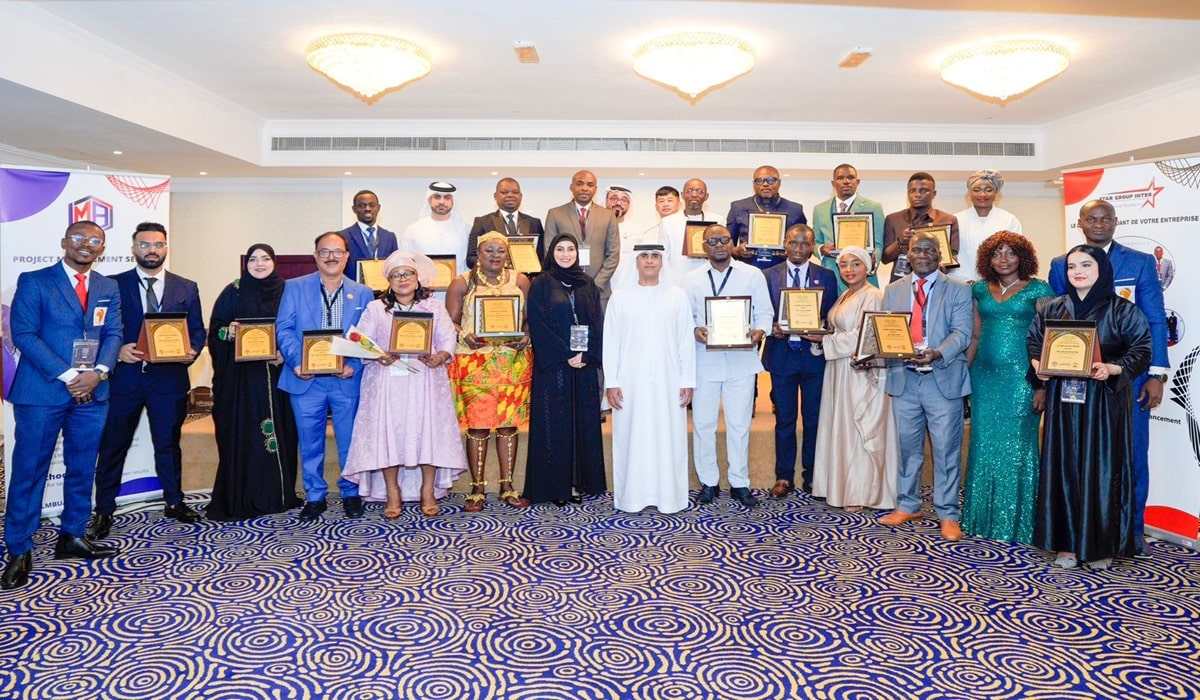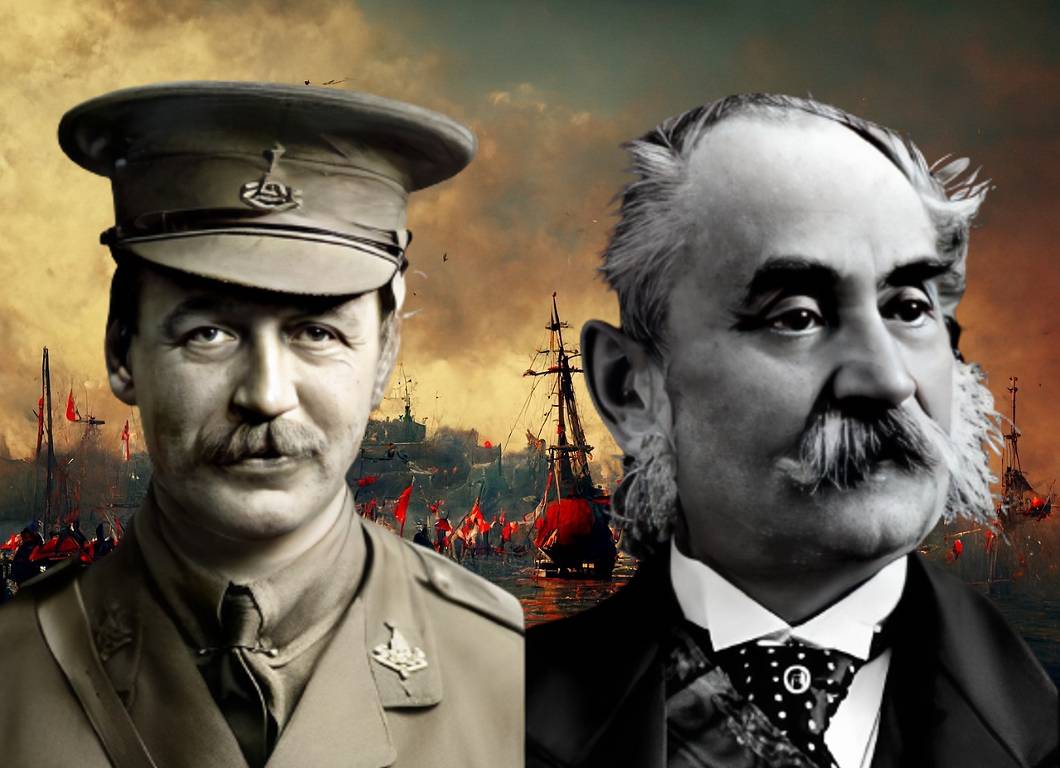Hard-Line Conservatives Take Lead In Iran’s Legislative Elections
- TDS News
- Middle East
- February 23, 2020

Conservatives took the lead Saturday as the first results of Iran’s parliamentary election came in.
By 7 p.m. votes had been counted in more than 140 constituencies out of 208, according to National Elections Committee figures. 159 candidates managed to make it to Parliament, mostly fresh faces, in the 11th legislative election since the 1979 Islamic Revolution.
In some constituencies, where candidates failed to get 20% of votes cast on Friday, a run-off election will be held in April.
The conservative alliance appeared to have a comfortable edge in the capital in early results, the committee’s spokesman Esmaeil Mousavi said on national television.
Most votes went to the first three names on the alliance’s list, he said.
Leading the race was Mohammad Baqer Qalibaf, a three-time presidential candidate, former police chief and senior member of the Islamic Revolution Guards Corps who was Tehran mayor from 2005 to 2017. He is expected to be the next parliamentary speaker replacing Ali Larijani.
Tehran is the biggest catch in the election with 30 seats.
Reformists and moderates hardly figured in the 36 other names of “leading Tehran candidates”, Mousavi said.
Final results for both the capital and other provinces would be announced by early Sunday at the latest, he added.
With official figures still coming in, news agencies close to conservatives have predicted a landslide win for their candidates across Iran.
An unofficial tally published by Fars News Agency said 183 of parliament’s 290 seats had already been decided, with conservative candidates winning 135 of them.
Reformists were a distant second at 20, it said, adding independents had won 28 seats.
Fars tweeted that turnout in Tehran was 1.9 million out of more than nine million eligible voters.
Turnout was estimated at around 40 percent nationwide and 30 percent in Tehran at the scheduled close of polls on Friday, according to Fars.
Nearly 58 million Iranians, out of a population of more than 80 million, were eligible to vote.
Turnout has been over 50% in previous parliamentary elections. By comparison, the 2016 parliamentary election saw 62% turnout 66% in 2012. On Friday, election officials kept the polls open an extra six hours. Iran’s leadership had urged people to show up and vote, with some calling it as a religious duty.
Around 7,000 hopefuls contested the seats up after the Guardian Council announced thousands as disqualified.
The current Parliament had more than 100 reformists and moderates, with the rest of the chamber split between independents and conservatives. Some 90 current lawmakers were also barred from running in Friday’s elections.








